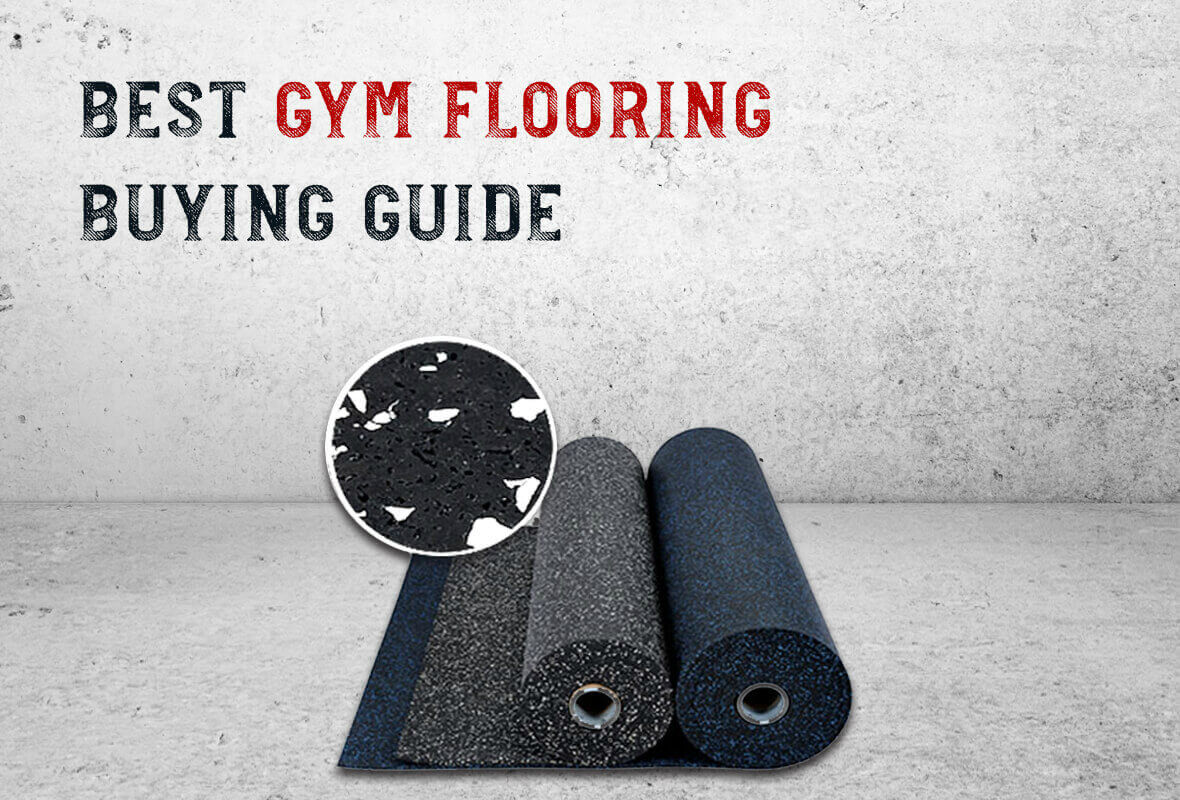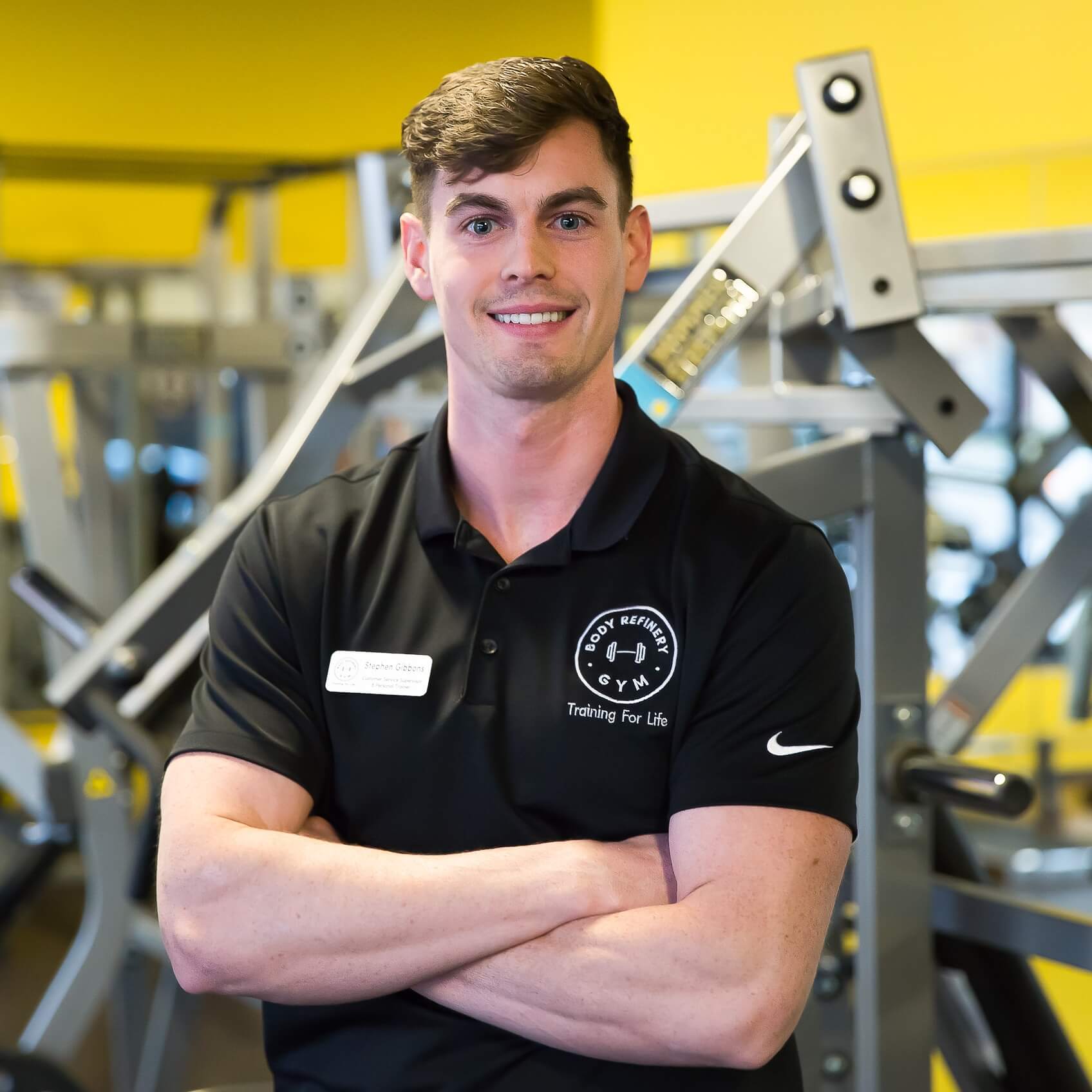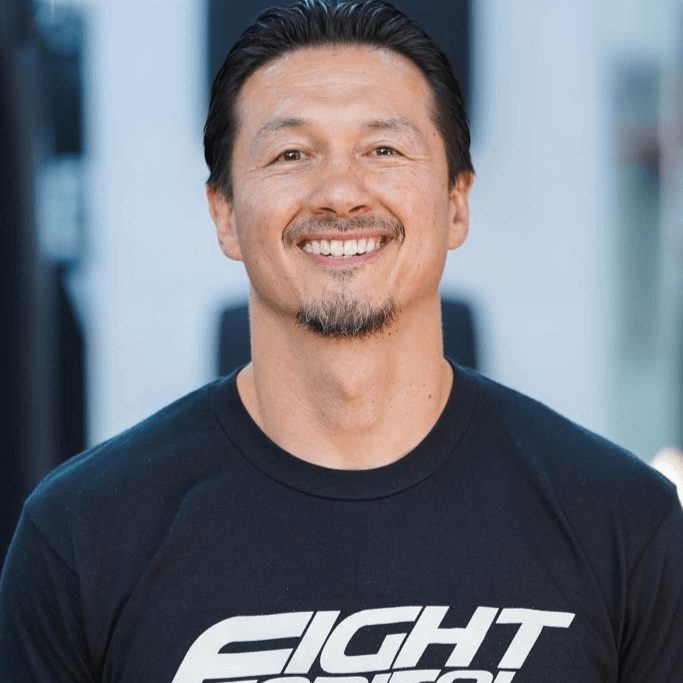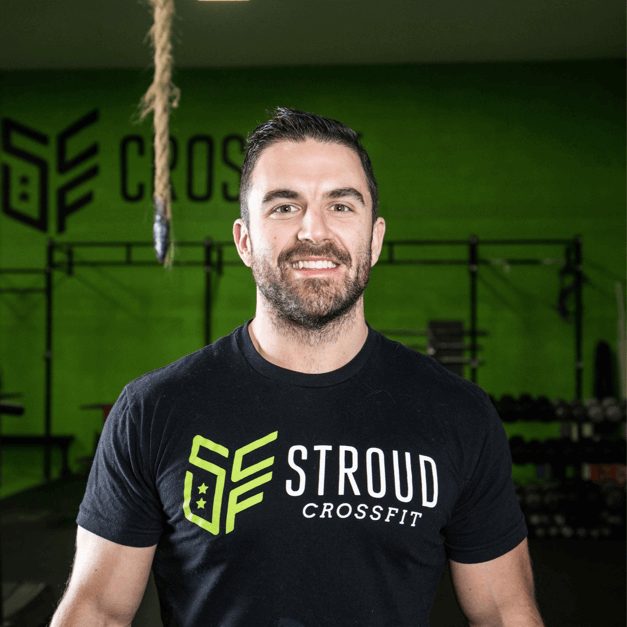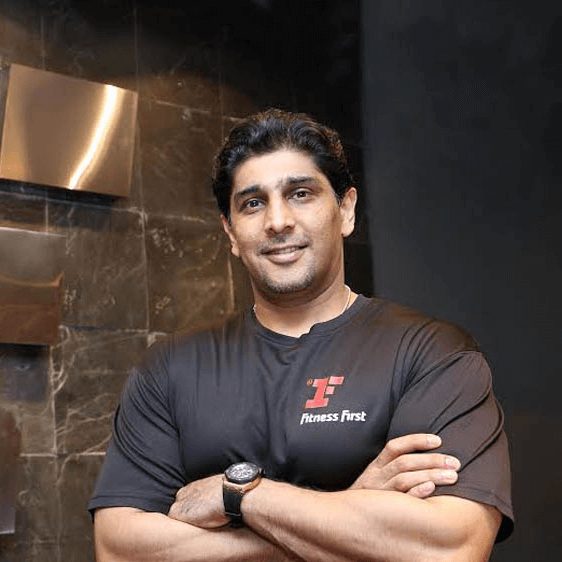Before buying gym equipment, you have to choose gym flooring. It is the first step to setting up your gym.
Deciding what goes where or setting up gym machines that require installation will be done after proper flooring is in place.
Suitable gym flooring for your space will make it look presentable. It will prevent injuries, decrease noise levels, as well as, reduce maintenance & cleaning costs.
This buying guide has all the information about commercial gym flooring. You can trust all the facts & figures here because they come directly from flooring experts & industry professionals.
It will guide you to make the best & most informed decision for your gym space.
(Note: Gym flooring has many names, like floor mats, rubber flooring, gym mats, etc. For the sake of consistency, we will refer to it as gym flooring throughout this article.)
Table of Contents
Gym Flooring Analysis
Let’s start with a brief analysis of the properties of commercial gym flooring. There are many types of gym flooring available for sale, like tiles, rolls, mats, etc.
The use of wood, carpet, PVC, EVA, turf, etc., is common for gym flooring.
Each type has its own set of pros & cons that require consideration. Average cost, lifespan, ease of maintenance & installation are some factors that need your attention.
Below I have put together a table that compares all the essential properties of various commercial flooring options.
There may be some variation between flooring from different manufacturers & brands:
Gym Flooring Analysis Comparison Table
Types of Commercial Gym Flooring
The wholesale market has all kinds of commercial gym flooring available.
This variety becomes a disadvantage when you have to pick the most suitable one for your needs.
Let’s discuss the various forms of flooring based on their construction:
Rubber Gym Flooring
Rubber is a flexible material that is suitable for any form of fitness routine. Its versatility makes it an easy choice for most gym owners.
Rubber provides extra padding & is very shock-absorbent. It will protect gym equipment, accessories, & the floor underneath from impact in case of a fall.
Rubber flooring is available in the form of tiles, mats, & rolls.
Rubber Gym Flooring Rolls
Rubber flooring rolls are so in demand due to their seamless finish. There are not too many joints, so you get a continuous expanse of flooring.
It gives the gym floor an aesthetically pleasing appearance.
Rubber flooring rolls provide a secure workout surface. There is less chance of tripping accidentally on an uneven, gapping joint or rolled edges.
The extra padding is an added plus for high-intensity & impact workouts like Functional Training or Plyometrics.

Pros of Rubber Gym Flooring Rolls
- Durability: Rubber gym floor is highly durable. Once installed, it will last many years, even close to a decade in some instances. It is an investment you won’t regret.
- Low-maintenance: Rubber is waterproof. It means that there is no chance of moisture & sweat seeping into the flooring. It also decreases the chances of mold growth. A mop or vacuuming is all the maintenance it will need.
- Impact-resistant: Rubber flooring rolls absorb impact well. There is less chance of equipment or floor damage in case of an accidental fall. Its shock-absorbing capability makes it a supportive surface for your joints, as well.
- Antibacterial: Due to being waterproof, there is less chance of buildup & growth of mold or bacteria.
- Low Noise-level: Rubber flooring rolls dampen the sound vibrations & keep the noise levels to a minimum.
Cons of Rubber Gym Flooring Rolls
- Complex Installation Process: Rubber flooring rolls are one piece. They have to be cut to size. They are not easily portable due to their weight. In most cases, professional help is a requirement for proper installation.
- Mediocre Insulation: Rubber is not a good insulator. In case of a cold floor underneath, the rubber flooring may be too cold for comfort, as well. Some form of heating solution is needed underneath.
- Odor: All types of rubber smell to an extent. The same is true for rubber flooring rolls. It can be unbearable for users sensitive to the smell.
- Sunlight Sensitive: Continuous exposure to direct sunlight may damage the rubber flooring rolls. They will lose the vibrance of the colors, as well. It is a good idea to install this type of flooring away from direct sunlight.
- Allergy Risk: Rubber is a naturally occurring material. There is a chance it may trigger an immune response in sensitive individuals. The allergy risk for rubber flooring rolls is higher comparatively.
Rubber Gym Flooring Tiles
Rubber tiles are a well-liked choice of commercial gym flooring. They are a durable & budget-friendly choice.
These tiles look similar to a massive jigsaw puzzle with interlocking edges that are easy to put together. There is no need for an adhesive in most cases.
Like rubber flooring rolls, these are low-maintenance, shock-absorbent, with antibacterial properties.

In addition to these qualities, rubber flooring tiles have some added benefits, like:
Pros of Rubber Gym Flooring Tiles
- Easy Installation: As I mentioned above, flooring tiles have interlocking edges. They fit together easily like a jigsaw puzzle. The installation is simple & you can do it yourself.
- Lightweight: Unlike flooring rolls, Rubber tiles weigh much less. It makes them easily portable & simpler to install.
Cons of Rubber Gym Flooring Tiles:
- Prolonged Installation Process: Even though these are relatively easier to install, the process itself is time-consuming for a bigger space. Rubber flooring tiles are suitable for small spaces.
- More Joints: Even though they are still relatively seamless & smooth, there are more joints to deal with versus rubber flooring rolls.
- Odor: Rubber floor tiles have the issue of the rubber smell, as well.
- Allergies: Organic or naturally occurring rubber can trigger the immune response. Thus, there is a risk of users being allergic to rubber flooring tiles.
- Expensive: Rubber flooring tiles have a higher per square foot price versus rubber flooring rolls.
Rubber Gym Flooring Mats
Rubber flooring mats are suitable for compact & high activity zones of a commercial gym. Mats with added thickness & padding are specific for weightlifting or for areas where heavier weights are present.
Pros of Rubber Gym Flooring Mats
- Highly Durable: Rubber flooring mats are relatively thicker. They can withstand high-intensity workout routines & heavy weight training with ease.
- Suitable for Compact Spaces: If you have a small space & you want to have it up & running in no time, then gym flooring mats are the way to go.
- No Installation Process: All you need to do is to lay down the mats in a space. No further fixing or installation is required.
- Noise Dampening: Rubber gym flooring mats are effective noise dampeners. They keep the noise levels low & limited to inside the gym.
- Shock-absorbing: The thickness of rubber flooring mats provides a cushioning effect in case of accidental impact. It is easier on the joints, as well.
- Water-resistant & Antibacterial Properties: Like all of their counterparts, rubber mats are resistant to moisture, mold & bacteria growth.
- Portable: Rubber flooring mats are lightweight & easy to move. They do not require any adhesive to install. It makes them easily portable all over the gym.
Cons of Rubber Gym Flooring Mats
- Not for Large Spaces: Rubber flooring mats are suitable for compact & high-impact zones of a commercial gym. For larger areas, rubber rolls are a much better choice.
- Allergies: Rubber mats are not suitable for people suffering from latex allergies.
- Odor: The smell of rubber is an issue for rubber flooring mats, as well. People sensitive to rubber odor may find it offensive.

Turf Gym Flooring
The installation of turf flooring is beneficial for commercial gyms due to its durability.
This type of flooring is best for high-impact, intense, & fast-paced workout routines. It can be cut to size with ease.
It makes it easier to install strips as narrow as 3 to 5-meters for specific exercises & use other floorings in the surrounding.
Turf flooring is available in two forms, rolls & tiles.
Turf Gym Flooring Rolls
Turf gym flooring rolls are long-lasting & worth your investment. They are the best choice for intense routines like Functional Training or Sled pushing.
Noise dampening effect makes it the flooring of choice for noisy commercial gyms. The synthetic grassy texture provides a padded surface for yoga sessions & stretching.
Pros of Turf Gym Flooring Rolls
- Durability: Turf flooring rolls can resist damage & keep looking as good as new for a long time.
- Easy to Use: Turf gym flooring rolls are easy to use & a budget-friendly option for commercial gyms & fitness centers.
- Versatile: Turf rolls support many forms of workout routines. These are suitable for Functional Training, gymnastics, running & much more.
- Cushioning: The synthetic grassy texture of turf flooring rolls enhances the padding effect. They are easier on joints because they absorb most of the impact of high-intensity movements.
- Presentable: Turf gym flooring rolls are aesthetically pleasing & give the gym a professional look.
Cons of Turf Gym Flooring Rolls
- Difficult to Maintain: Turf flooring rolls are not easy to clean. If not properly maintained, they are prone to the growth of bacteria like MRSA & Staph.
- Abrasive: The grassy texture gives a carpet-like feel & it can be too rough when doing floor exercises like burpees.
- Low Impact-resistance: If you install turf flooring rolls in an area prone to falling equipment, then you will need a protective layer underneath, as well.
A few manufacturers provide turf flooring rolls with an added protective layer.
- Costly: If you are looking for a cost-effective gym flooring option, steer clear of turf flooring rolls. Though, mid-range options are increasingly becoming available.

Turf Gym Flooring Tiles
There isn’t much difference between the two forms of turf flooring. Consider the price, ease of installation & the type of floor underneath when choosing between rolls & tiles.
For abstract floor spaces, tiles are preferable to rolls. Turf flooring rolls are better for the traditional floor shapes.
The overall price is a big difference between the two forms of flooring. Turf flooring tiles are more expensive than rolls.
Since both of these forms are pretty similar, they have the same pros & cons. Some additional points to keep in mind about tiles are:
Pros of Turf Gym Flooring Tiles
- Fit Abstract Spaces: Tiles are cut to size to fit a space that is not a square or a rectangle.
- Interlocking Edges: Turf flooring tiles have interlocking edges & can fit together like a jigsaw puzzle.
Cons of Turf Gym Flooring Tiles
- Costly: Turf gym flooring tiles are a pricier option comparatively.

EVA Gym Flooring
EVA is a cost-effective & lightweight material. It is as versatile & long-lasting as rubber flooring.
EVA has a dense foam construction & supports high-intensity workouts like jumping. EVA flooring provides enough padding to absorb the impact from falling weight plates, etc.
There are two types of EVA tiles available commercially:
Closed-cell foam tiles perform better as they are more durable & regain their shape quicker after compression.
Open-cell foam tiles sink with weight & eventually may lose shape with time & use.
Pros of EVA Gym Flooring
- Cost-effective: If you are looking for budget-friendly flooring, then dense foam EVA tiles are the way to go.
- Easy Installation: The installation process includes laying down the tiles & locking them together.
- Cushioning: Foam provides the most padding when it comes to high-intensity workout routines. It is best for floor exercises like sit-ups, as well.
- Low-maintenance: EVA flooring is easy to clean & maintain. All you need is a wipe-down with a damp cloth.
- Lightweight: EVA-foam is lightweight & easily portable.
- Child-friendly: EVA flooring tiles are best for children’s play areas due to their cushioning effect. There is no danger of kids falling & getting hurt due to the shock-absorbing nature of the foam.
- Color-options: These flooring tiles are available in many colors & you can mix & match them to suit your gym’s aesthetic.
Cons of EVA Gym Flooring
- Damage Risk: There is a risk of the EVA tiles being cut or punctured if a sharp object falls on the flooring accidentally.
- Indentation-prone: If there is heavy machinery or equipment kept on these tiles, the resulting dents in the flooring are more or less permanent.

Carpet Gym Flooring
Carpet flooring looks professional, retains heat well. It is suitable for routines like yoga & stretching.
Commercially available carpet flooring tiles have a tighter knit, which can support high-intensity exercises. It makes them more hardwearing than your regular room carpet.
Some versions have interlocking edges & are water-resistant, as well.
Pros of Carpet Gym Flooring
- Long-lasting: Commercial-grade carpet tiles are very long-lasting. They can endure a lot of use before losing their appearance or needing replacement.
- Easy Maintenance: There is no difference between gym carpet flooring & home carpets when it comes to maintenance. Both need regular vacuuming & that’s about it.
- Aesthetic & Inviting: Carpet flooring has a personal & inviting feel to it. Its appearance is very pleasing to the eye.
- Variety: Carpet tiles are available in a variety of colors. You can pick the colors that suit the interior of your commercial gym.
Cons of Carpet Gym Flooring
- Allergens: Carpet tiles are notorious for the accumulation of dust & various types of allergens. They are not suitable for people with sensitive immune systems.
- Professional Help for Installation: Carpet flooring tiles are not easy to install. For proper installation, professional help is a must. It is true, especially for the ones that lack interlocking edges. One can attempt self-installation with carpet tiles that have interlocking edges.
- Poor protection for the Sub-flooring: Unlike rubber flooring, carpet tiles do not offer much protection for the sub-flooring. It is highly likely that in case of falling weights, the sub-flooring will sustain damage due to mediocre padding.
- Need for Re-stretching: Temperature changes, humidity, excessive use may cause carpet flooring to become loose & baggy. As a part of the maintenance process, it will need re-stretching to fit the space properly again.
- Professional Cleaning: Waterproof carpet tiles are easy to maintain. The same cannot be said for the ones that are not. They are prone to absorbing moisture & bacterial growth. Professional cleaning is a requirement if the carpet flooring is not moisture-resistant.

PVC or Vinyl Gym Flooring
For adding color to the gym floor, Vinyl flooring tiles are the best choice. There is a wide array of colors available to choose from.
Along with being aesthetically pleasing, PVC tiles are hardwearing & impact-resistant. This flooring was made for garage floors.
Due to its long-lasting & durable nature, it is a highly sought-after gym flooring option now.
PVC or vinyl flooring is easy to install. It is available commercially in the form of rolls & tiles.
Pros of PVC Gym Flooring
- Durability: PVC flooring is highly durable. It is hardwearing & long-lasting. As an added benefit, this type of flooring is resistant to most stains, chemicals, & oil. There is also a long warranty period on offer by many manufacturers.
- Easy to Clean: The cleaning process is simple & straightforward. Only a mix of soap & water is needed.
- Do-it-yourself Installation: Vinyl or PVC tiles are very easy to install by yourself. No professional help is required.
- Color Options: These flooring tiles or rolls are available in a wide range of colors & patterns. Choose one that is the most suitable for your gym’s interior.
Cons of PVC Gym Flooring
- Easily to Damage: PVC or vinyl flooring tiles & rolls are easily damaged by impact with sharp objects.
- Less Shock-absorbing: These have much less cushioning than rubber or foam tiles. Therefore, they are not protective of joints during high-intensity exercises.
- Volatile Organic Compounds: PVC tiles & rolls release VOC. These may be harmful to the health of sensitive individuals.
- Costly: This is an expensive flooring option, comparatively.

Wood Gym Flooring
Wood flooring is a stable, durable, & fashionable choice for a commercial gym. It gives the space a professional & high-end appearance & invites customer confidence.
At first glance, wood doesn’t seem to be a comfortable surface for intense workouts or floor exercises. Wood flooring with foam backing is the answer to this problem.
This type of wood flooring is resilient & suits many forms of high-intensity workout routines.
Pros of Wood Gym flooring
- Functional & Hardwearing: Wood flooring is supportive of various exercises like kickboxing, aerobics, etc. It is a functional flooring option that is sturdy & beautiful to look at.
- Easy to Clean: Only a mop or a vacuum is necessary for cleaning wood flooring.
Cons of Wood Gym Flooring
- No Scratch or Splinter-resistance: Wood flooring is prone to splintering & scratching with use. The accidental impact from falling weight may do a lot of damage to it.
- Slippery: Water or moisture accumulates on the surface of the wood flooring, making it slippery.
- Amplifies Sound: Wood is a good transmitter of sound waves. It is not quite by any means. It will augment the noise level further in a noisy commercial gym.
- Expensive: Wood flooring tiles are bound to be expensive as the material itself is difficult to source.

Properties of Gym Flooring
Thickness
The thickness of gym flooring is directly related to the health of your sub-floor. The thicker it is, the more padding or cushioning it will provide in case of impact.
Gym flooring is available in four levels of thickness:
| THICKNESS OF GYM FLOORING | DETAILS |
| 1/4 inch | This is the thinnest flooring that is commercially available. It suits activities like Cardio & light exercises. ¼-inch thick flooring can resist mild impact (from falling of light dumbbells, for example) & human footsteps. This type of flooring is suitable for hallways. |
| 3/8 inch | This flooring thickness was the industry standard in the past, making it a popular choice. It can endure an impact of up to 75 lbs. |
| Half Inch | This thickness is suitable for HIIT jumps or impacts of close to 100 lbs. with ease. |
| 3/4 to 1 inch | This is not a regular thickness for commercial gym flooring. Unless you are in need of something for a very high-impact zone. |
Edges
Edges are a crucial factor for commercial gym flooring. They have to be at level with the corners & the sub-flooring to avoid tripping.
Adding more tiles to corners & edges that are not level with the wall will make it safer, as well.
Water-resistance
It is a highly sought-after quality in gym flooring. Otherwise, there is a risk of water damage if the gym has showers, pools, saunas, etc.
Moisture-resistant flooring is low-maintenance & not prone to bacteria or mold growth.

Colors
Flooring is available in a multitude of colors these days. So, to choose one, several factors have to be kept in mind.
These include the color scheme of the gym, the purpose of the area that needs flooring, ease of cleaning & maintenance, etc.
The best options are neutral or dark colors to prevent easy staining or accumulation of dirt. Always buy quality flooring tiles because mediocre flooring options will lose color & appearance quickly.

Thermal Expansion & Contraction
Gym flooring expands & contracts with temperature. So, it is better to install expanding joints to accommodate the changes.
Professionals recommend laying out the flooring for 48 hours before fixing it permanently. It will give the flooring time & space to get used to the temperature changes.
Tips and Traps of Purchasing Gym Flooring
- Choose a flooring option that suits your needs & budget. You can use the comparison table at the top to guide you.
- To have low-maintenance & easy to clean flooring, confirm that it is water-resistant. Make sure rubber flooring is not porous.
- If you are installing gym flooring that is not very shock-absorbing, consider putting an underlay. It is especially of importance for high-activity & impact zones of the gym.
- Steer clear of flooring that releases any materials or compounds bad for human health.
- Reading customer reviews on social media & going through pictures posted by other buyers or on official websites is the best way of assessing flooring options.
Conclusion
As people are getting more health-conscious, the fitness industry is becoming competitive, as well.
To keep up, you have to consider your options carefully. Gym flooring is one such option. With the help of this article, you will be able to make the best choice for your business.
Still, need to know more?
Visit Yanrestrength.com to check out our complete range of quality flooring.
Don’t wait.
Contact us & ask for a quote now!
Related acticles:

